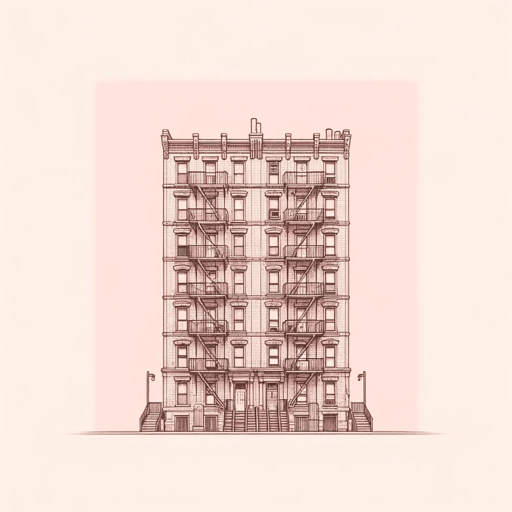47 pages • 1 hour read
Jacob RiisHow the Other Half Lives
Nonfiction | Book | Adult | Published in 1890A modern alternative to SparkNotes and CliffsNotes, SuperSummary offers high-quality Study Guides with detailed chapter summaries and analysis of major themes, characters, and more.
Chapters 1-2Chapter Summaries & Analyses
Chapters 1-2 Summary and Analysis: “Genesis of the Tenement” and “The Awakening”
Riis traces the history of the New York tenement house to the city’s trade and immigration boom following the War of 1812. The partitioning of large rooms into smaller ones for the purpose of maximizing rent brought the “dark bedroom” and its “untold depravities” into existence. Indeed, in this chapter and throughout the book, Riis makes frequent references to the scarcity of light and fresh air in the tenement houses (8). Landlords built “rear houses” behind the main building and accessible only through dark alleys. Overcrowding led to cholera outbreaks and large death tolls, particularly on the East Side, which is “still the most densely populated district in the world” (10). Riis shares three recent examples of tenement-house tragedies, and he connects these to the broader history of tenements. This first chapter features no photographs, but it does include an 1863 architectural sketch of a 12-family tenement. In the sketch, Riis identifies poorly-lit rooms with the letter “D” for dark and the well-lit rooms with the letter “L” for light. The dark rooms outnumber the light rooms, 19-12.
The “awakening” began with the creation of the Board of Health and the First Tenement-House Act in 1867.

